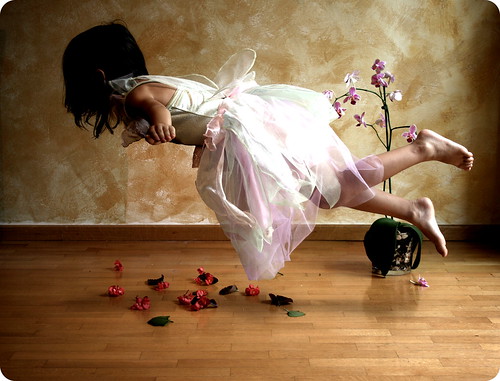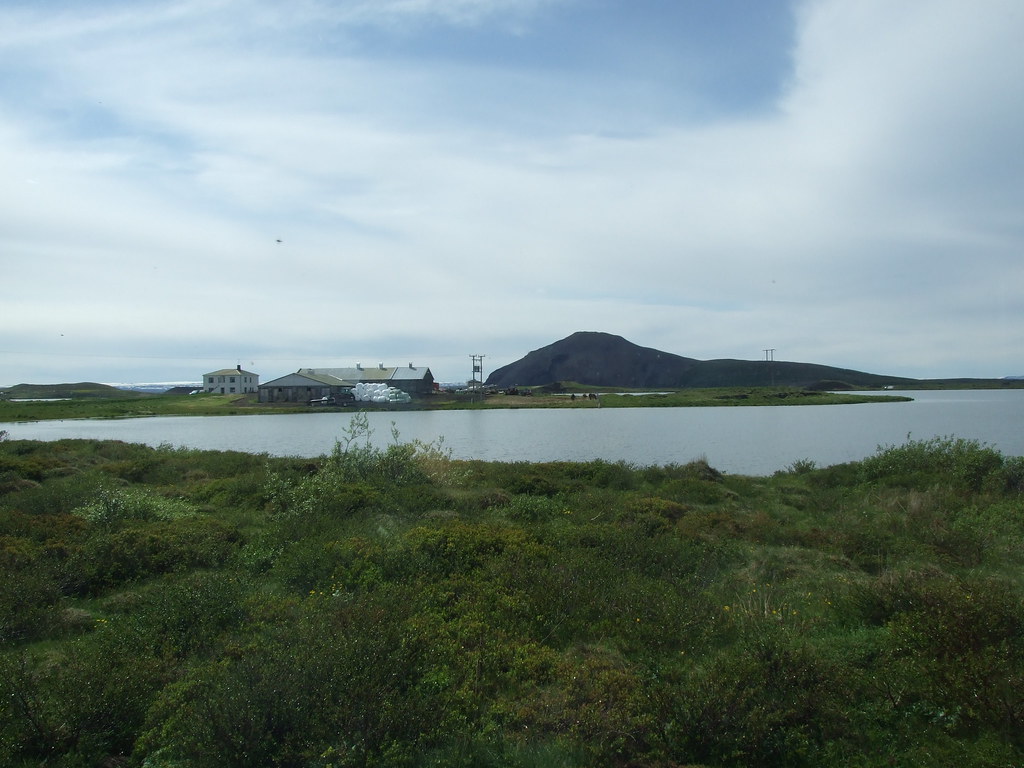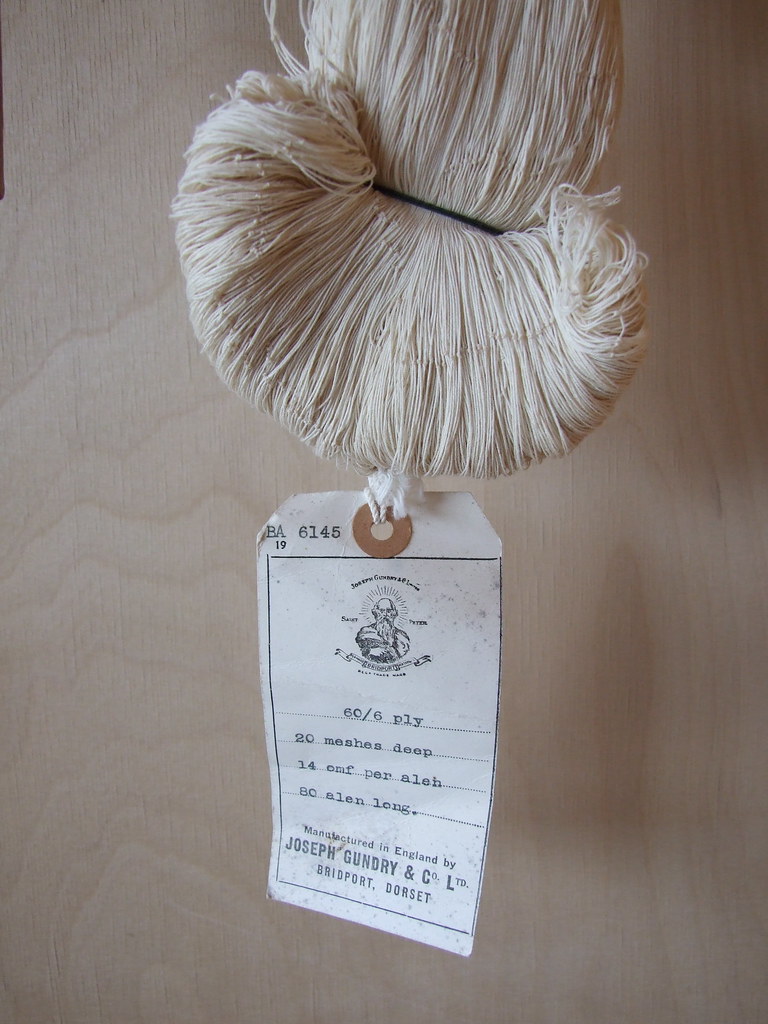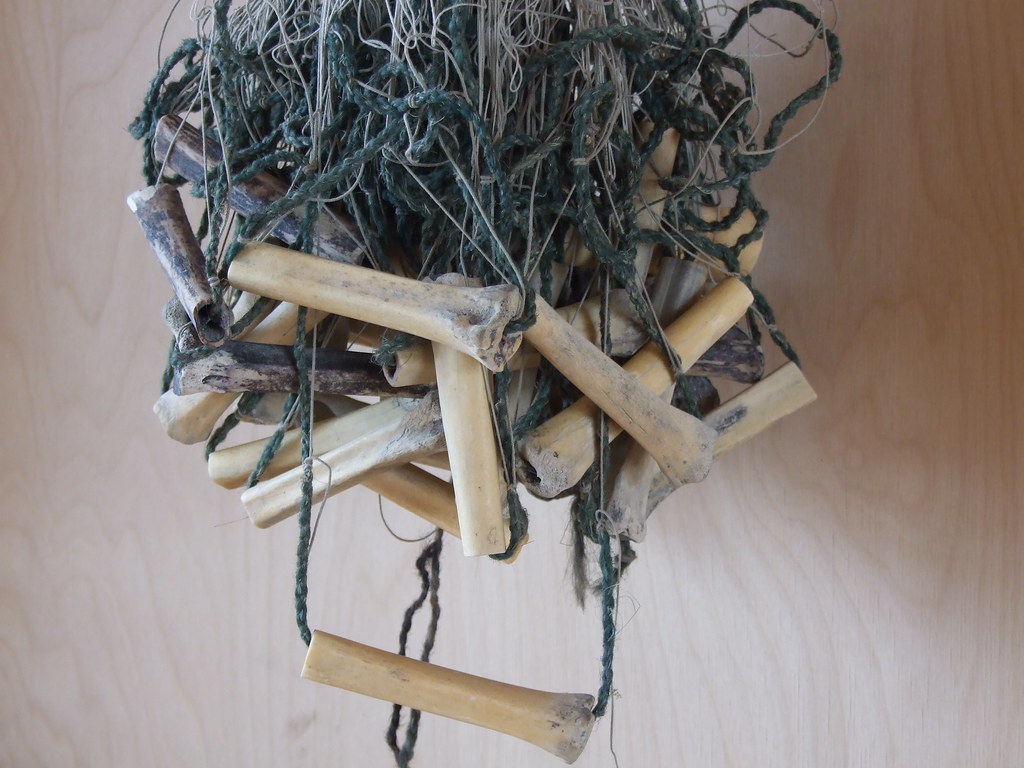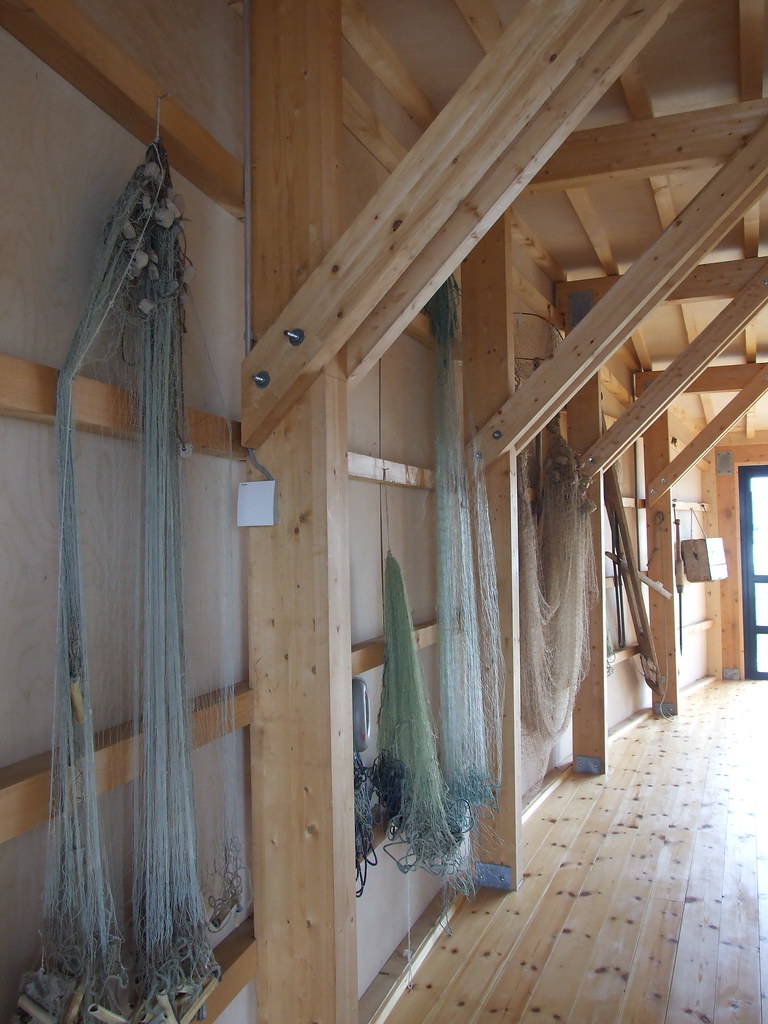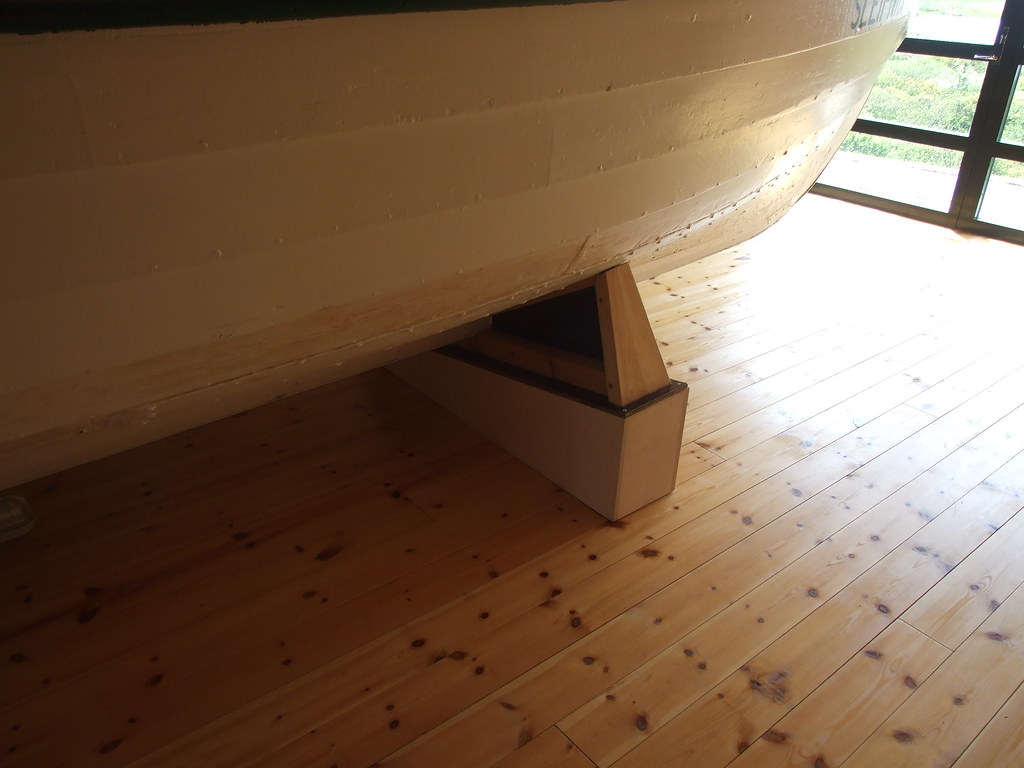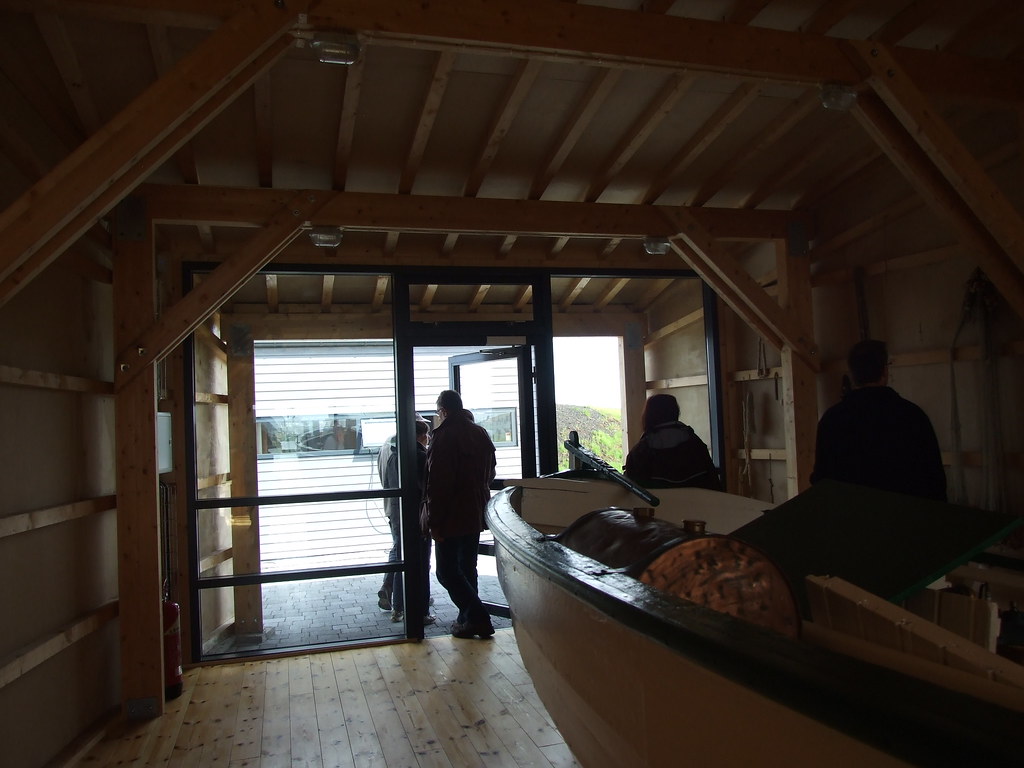By Justine Roberts, Principal
This week I attended the opening reception for The Laboratory at Harvard. As an science and art venue The Lab joins the following:
All of which have opened in just the last 2.5 years. That list does not include the discovery centers and children’s museums – such as the Austin Children’s Museum - repositioning themselves as places that bring art and science together. This incredible international explosion of interest in mixing art and science together raises the question: Why now?
As far back as Pythagoras art and science were used together to interpret and represent an understanding of the world. The two were teased apart in the 19th century with some clear benefits, as well as the rise of some new anxieties. Yet the division stuck. So why are we now working to reconnect art and science in popular culture, professional practice and the academy?
It is possible that students who want more opportunities to work across disciplines are in part driving these art/science projects. But not all of the venues are affiliated with a school, or focused on student participation. It is more likely that there is a cultural need for places that increase potential encounters with new perspectives, and which support unlikely collaborations between people from different fields. Michael-John Gorman, Director of the Science Gallery, thinks that today’s questions and problems require a new kind of creativity made possible only by interdisciplinary investigation.
If there is a critical need behind the impetus to engage the public in art and science together, then simply having the arts inform science and the sciences inform art is not sufficient. Not all artistic uses of technology, or visualizations of scientific data, are equally useful and enlightening. But it is not at all clear whether The Lab should therefore be a space for open exploration of art and science, or whether it should organize inquiry around a set of specific questions.
The Lab, like a number of the other art/science venues targeting teens and young adults, is designed to accommodate exhibitions, parties, lectures, and lounging. As described by its founders, The Lab was created to encourage conversation between the arts and sciences, with the goal of cross-pollinating ideas and fostering creativity. I came away from the opening reception questioning whether this was enough.
While I think it is critical that cultural space bring people together and serve as a catalyst for discussion and debate, I wonder whether The Lab could accomplish more. After all, as part of Harvard it has access to students and faculty as well as a large international network. It should be possible for The Lab to actively encourage collaborations and promote new solutions-oriented thinking. We will have to wait and see if The Lab is primarily a student exhibit hall, or if the University has a larger vision for it.
I think The Lab raises some important questions – for instance, how should we define “art” and “science” in the first place? And what is the common ground between them? Some people have suggested that art and science share a curiosity-driven process and a high degree of creativity. But others describe science as a way of investigating our world and art as unconstrained creativity.
In the end, maybe the lack of clarity over what is art and what is science is the point. Although they require different training, ways of seeing, and starting assumptions, in practice the two might look very similar, making it possible for artists and scientists to share physical and intellectual space in a way that can open new opportunities for the future.







